As the world becomes increasingly interconnected, the demand for efficient and accurate language translation grows. Artificial Intelligence (AI), in this case, can play a cutting-edge role in overcoming language barriers, thereby promoting global understanding and cooperation.
Even though AI is a rather developed system, it still has its intricacies. That’s why we will dig deeper into this topic, and, taking into account all the little details of how AI-driven translation systems work, what are their benefits and current limitations, highlight the best AI translators in the market today.
Reviewing AI Translation Tools
A valuable AI translation tool is not just one that translates each word correctly. It needs to be fast, cost-effective, adaptable to the growing needs of the audience, and constantly evolving. That’s why it’s important to check whether the platform meets these criteria before using it. Only then can you expect to get the high-quality translation you need.
The Go-To Choice for an AI Translation Tool
There is a pool of different options when it comes to an AI translator. Nevertheless, Zac Harris states that the number 1 platform is ChatGPT. This system uses natural language processing which helps it provide the most accurate translations using a conversational format, which ensures not only high usefulness but also pleasant interaction with AI.
Top List of AI Translation Tools
If you find it difficult to choose from all the options that pop-up when you google “AI translation tool” then this list of 8 best online solutions is just for you:

ChatGPT

ChatGPT, one of the best essay writing AI, uses natural language processing for automatic translations in a conversation-like manner. This tool supports numerous languages and excels in preserving the original tone and style of the text. Its user-friendly interface allows swift and efficient translation generation. However, as a cloud-based service, it may not be ideal for sensitive or confidential content due to data privacy concerns.
ChatGPT is a free solution. However, if you want access to the latest GPT-4 version, you will need to pay $20/month per user.

Google Translate
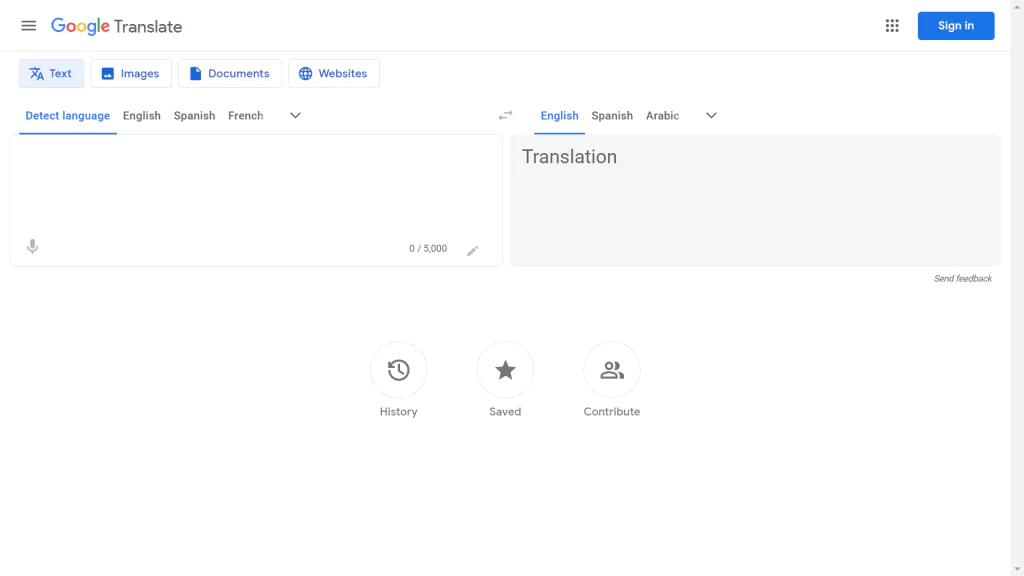
Google Translate, a free service by Google, employs machine learning algorithms to translate text, speech, images, and webpages between over 130 supported languages. While it’s great for translating simple sentences, it might struggle with complex or nuanced language. It also does not guarantee the privacy or security of the translated data.
Google Translate, like most Google products, is completely free and requires no payments.
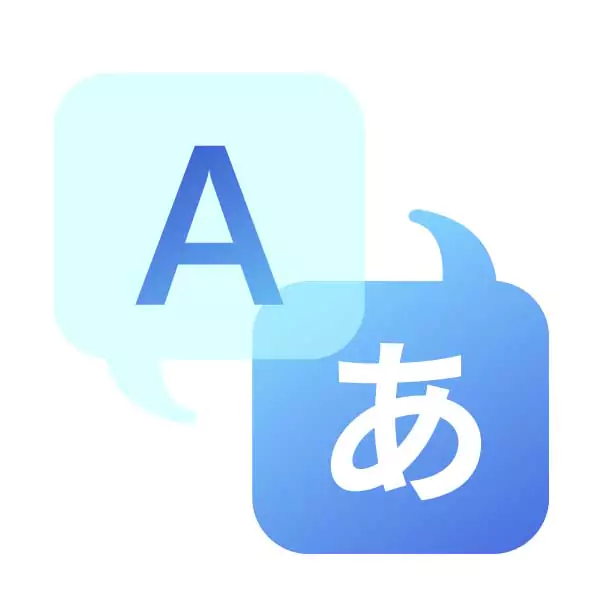
Bing Microsoft Translator
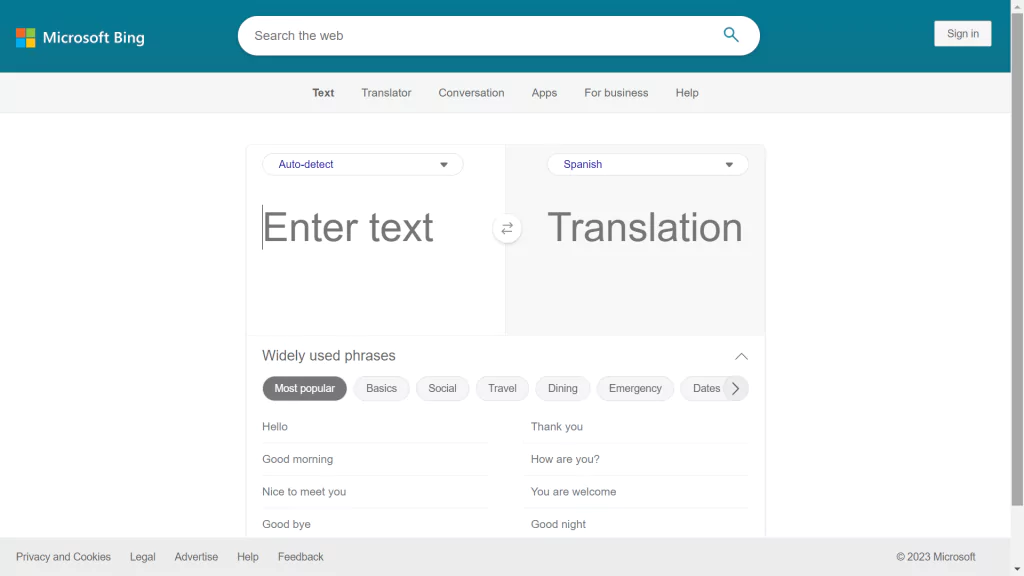
Part of Microsoft’s Bing services, Bing Microsoft Translator translates texts or entire web pages into different languages. It integrates well with Microsoft Office and Microsoft Edge. However, it might not always accurately capture cultural nuances and idiomatic expressions.
Bing is a completely free solution that everyone can use without limits.

DeepL
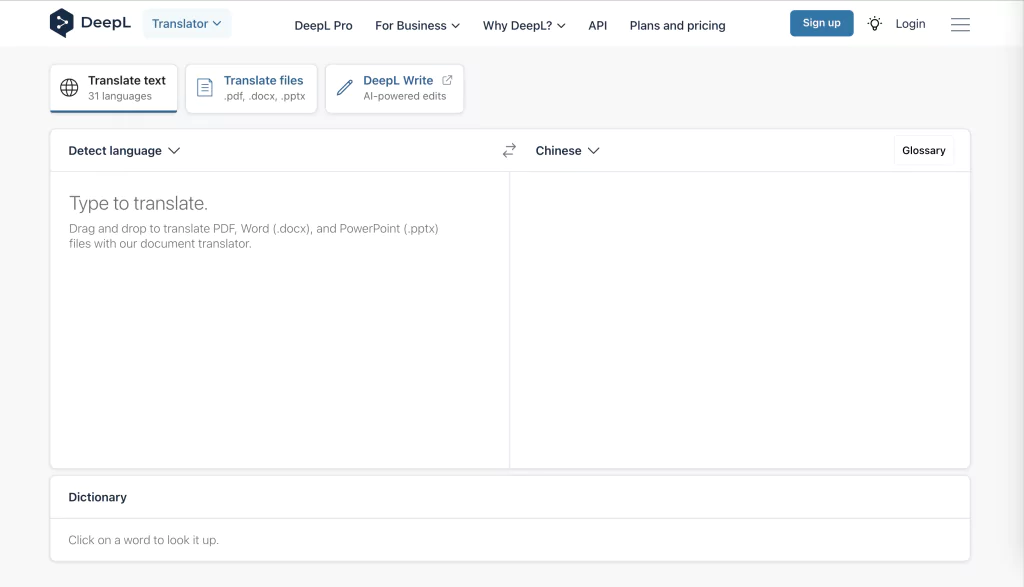
DeepL uses artificial neural networks trained on millions of translated texts to provide high-quality translations between 31 languages. Despite its accuracy and fluency, the tool may be cost-prohibitive for limited projects or individual users.
DeepL is a highly affordable platform with a starting subscription of just $9/month.
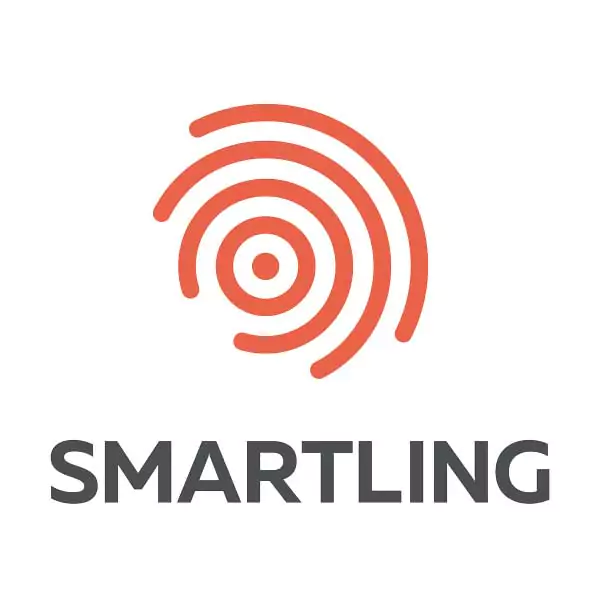
Smartling

A cloud-based translation technology, Smartling translates content into over 150 languages using AI and human translators. Its pricing model, however, may be prohibitive for smaller teams or startups.
To get an idea of the pricing policies, contact Smartling for a product demo and information about purchases.

Wordly.ai
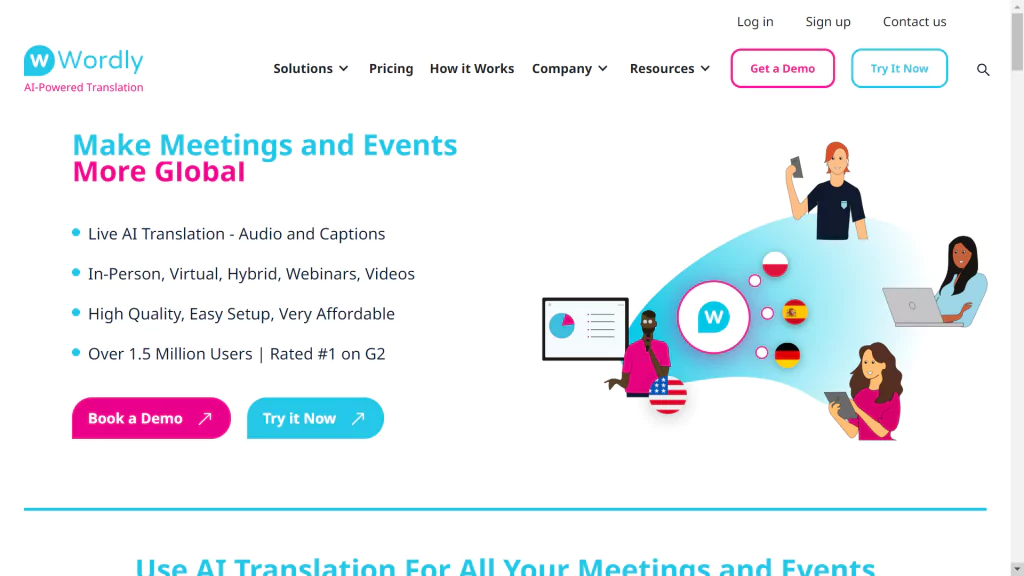
Wordly.ai offers live translations and captions for meetings and events in over 25 languages. Its unique approach to improving in-person communication sets it apart from other translation tools.
Pricing here starts at $150/hour for up to 50 users.
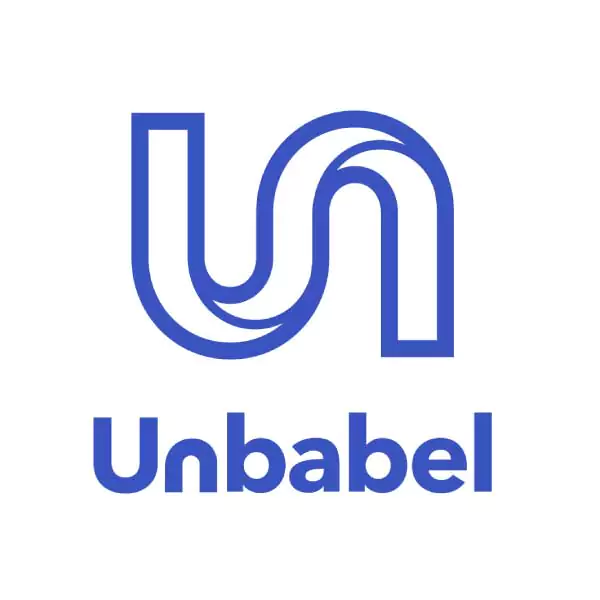
Unbabel
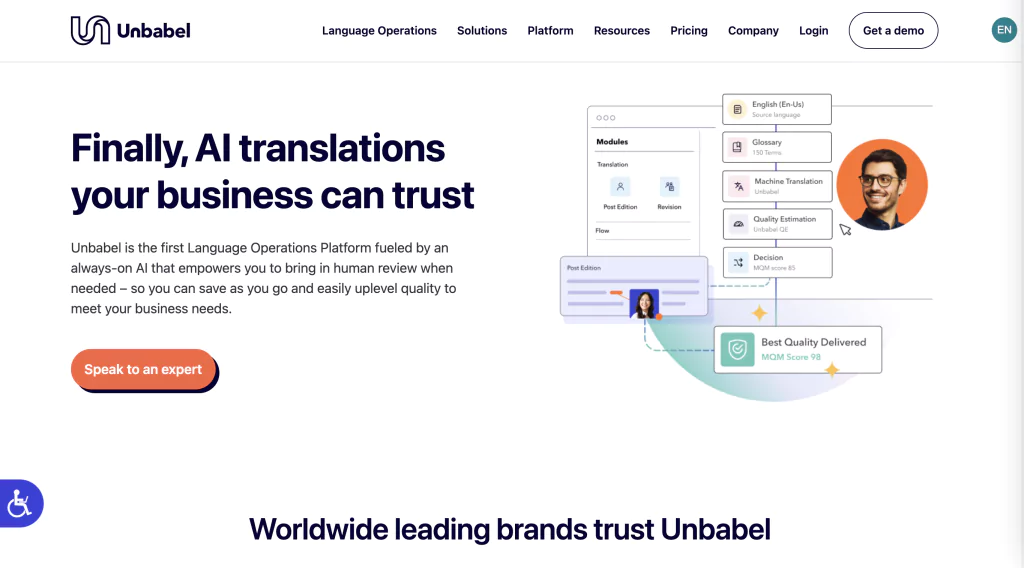
Unbabel combines AI and human translators to provide fast and accurate translations in 30 languages. However, since human translators review the translations, it is not a fully automated solution.
With Unbabel, translation packages are available with a minimum commitment of $10,000.

Amazon Translate
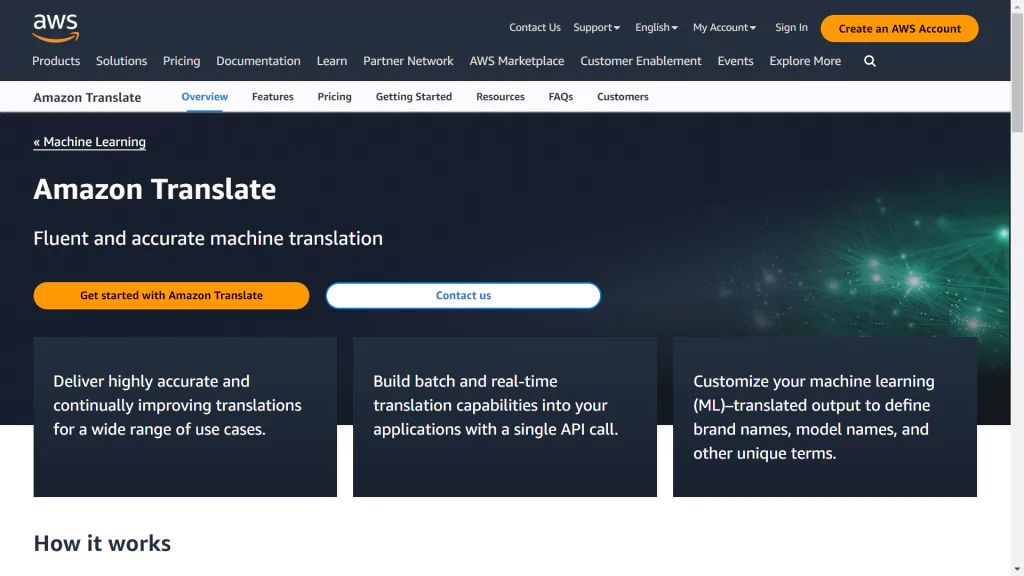
Amazon Translate, a cloud-based machine translation service, provides high-quality translations in over 75 languages. Although efficient and accurate, it might pose a security risk for organizations due to its cloud-based nature.
The price for the translation is calculated based on the number of characters translated, starting at $15 per million characters. You can also benefit from AWS Free Tier and translate for 12 month for free with a limit of two million characters per month.
Final Thoughts
The emergence of AI-powered translation tools has revolutionized language translation, making it faster, cost-effective, and more accurate than ever. The choice of the tool depends on your specific needs, whether it’s preserving the original tone and style, translating entire webpages, or providing live translations for meetings and events. Keep in mind that while AI translators offer incredible benefits, they may not always perfectly capture cultural nuances and idiomatic expressions, and data privacy might be a concern with cloud-based solutions. Therefore, careful consideration is needed before selecting the most suitable solution for your translation needs. You can use this top list to guide you through the choice process.
A Comprehensive Guide to Choosing AI Translation Tools
Navigating the realm of AI translation tools can be a daunting task, given the multitude of available options each promising superior functionality. This guide will walk you through the key factors to consider when selecting an AI translation tool that best suits your needs.
Accuracy and Fluency
The ability to accurately translate text while maintaining its natural flow is paramount in an AI translation tool. The tool should not only accurately translate words but also retain the context, idiomatic expressions, and cultural nuances of the original text. Hence, look for tools that utilize state-of-the-art technology such as Neural Machine Translation (NMT) and Natural Language Processing (NLP) to enhance the quality of translation.
Range of Supported Languages
An AI translation tool’s utility significantly depends on the diversity of languages it supports. The more languages it can handle, the more versatile it is. This is particularly important if you’re working in a global context, where you might need to translate to and from a wide range of languages. Therefore, look for tools that support a broad array of languages to maximize your reach.
Speed and Efficiency
In today’s fast-paced world, the speed at which the translation tool can process and deliver translated content is crucial. Efficient AI translation tools should provide translations quickly without compromising on quality. Therefore, consider tools that offer fast turnaround times, especially if you frequently handle large volumes of content.
Integration and Compatibility
An AI translation tool’s ability to integrate with your existing software and platforms is another critical factor. For example, if you’re frequently using office applications or content management systems, you might want a tool that can easily integrate with them. Seamless integration can significantly streamline your workflow and increase productivity.
Confidentiality and Security
If you are working with sensitive or confidential content, it’s crucial to choose an AI translation tool that ensures data privacy and security. Look for services that offer encryption, adhere to strict privacy policies, or even provide an option for on-premises translation to maintain the confidentiality of your data.
Pricing
Last but not least, cost-effectiveness is a vital consideration. The pricing should be transparent and offer good value for money. Keep in mind that while some tools offer free services, others require a subscription or charge based on the volume of translation. Consider your budget and the volume of content you need to translate to choose the most cost-effective option.
By keeping these considerations in mind, you can select an AI translation tool that offers high-quality translation, supports a wide range of languages, provides quick and efficient service, integrates seamlessly with your existing platforms, ensures data security, and fits within your budget.
FAQ
What is an AI Translation?
AI Translation is a form of language translation where artificial intelligence (AI), specifically natural language processing (NLP) and machine learning algorithms, are used to translate text or speech from one language to another. This technology has evolved to include features such as recognizing and translating speech, images, and webpages, and it continually improves with usage.
Are AI Translations Reliable?
AI Translations are becoming increasingly reliable with the advancement of technology. They are excellent for providing quick translations and handling a large volume of content. While they may struggle with complex sentences, idiomatic expressions, and cultural nuances, their proficiency and accuracy continue to improve with advancements in machine learning and access to more extensive and diverse language databases.
Why Would Companies Use AI for Translations?
There are several reasons companies might use AI for translations. Firstly, AI can translate content much faster than a human can, which is beneficial for companies needing to translate large volumes of data. Secondly, it is cost-effective as it eliminates the need for hiring professional translators. Lastly, AI tools can handle multiple languages, allowing companies to reach a broader global audience.
How Do AI Translation Tools Compare to Human Translation Services?
While AI translation tools provide speed, cost-effectiveness, and the ability to handle multiple languages, they may not fully capture the cultural nuances, idioms, and complex sentence structures that human translators can. Human translators are also better at understanding the context and intended meaning behind a text, which AI tools might struggle with. However, the gap between AI and human translators is closing as AI algorithms and technologies continue to improve.
What Are Some Use Cases for AI Translation?
AI Translation has a wide range of applications. It is commonly used in the travel and tourism industry for translating signs, menus, and documents, thereby breaking language barriers for travelers. Businesses use it to translate emails, documents, websites, and other content to expand their global reach. AI translation is also used in real-time communication platforms to provide immediate translation services, making cross-language communication easier. Other sectors like education, healthcare, and entertainment also utilize AI translation for diverse purposes.
Follow us on Reddit for more insights and updates.

Comments (0)
Welcome to A*Help comments!
We’re all about debate and discussion at A*Help.
We value the diverse opinions of users, so you may find points of view that you don’t agree with. And that’s cool. However, there are certain things we’re not OK with: attempts to manipulate our data in any way, for example, or the posting of discriminative, offensive, hateful, or disparaging material.